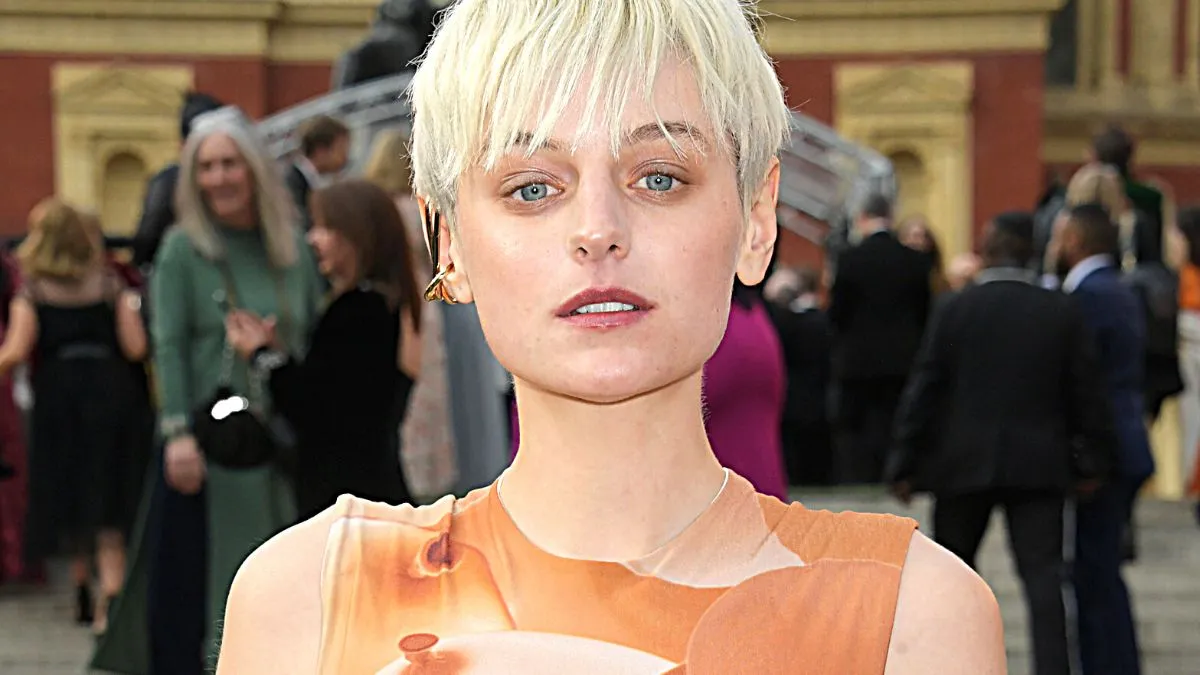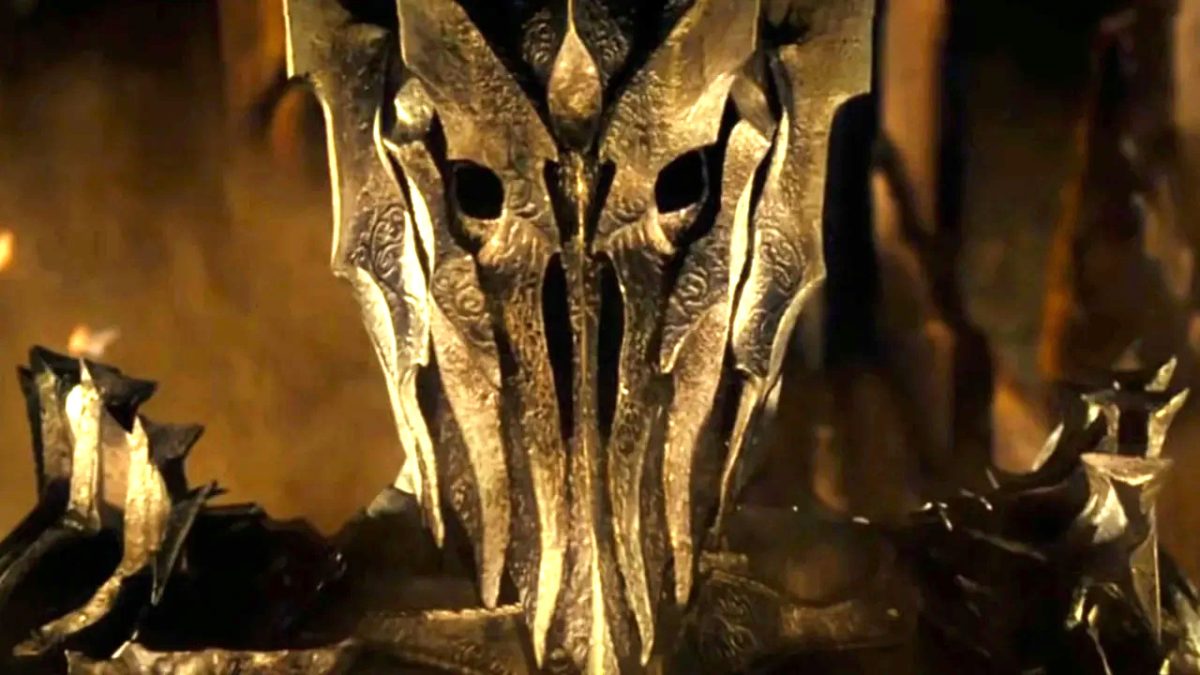Part One: A Storm Is Coming
The Structure of The Dark Knight Rises

I find it highly amusing that, after spending two films working hard to cement his Batman story in a real-world context, Christopher Nolan employs a full-on comic-book structure for The Dark Knight Rises.
The entire story is paced like the world’s darkest comics run, with several ‘issues’ (the first act) establishing each character and how they fit into the new status quo, developing these characters over a series of episodic but highly interrelated incidents (Gordon going down to the sewers, Bruce investigating Selina Kyle, Batman chasing Bane’s men after the heist, etc.) until a massive, show-stopping ‘turning point’ changes the direction of the story (Bane breaks the Bat). Development continues as the villain gradually unleashes his plan, while the hero waits in the wings recuperating, all leading up to one grand, extended climax segmented into multiple phases (Batman frees the cops, Batman takes on Bane, Batman flies to stop the nuclear device, etc.).
One can imagine each phase of the film’s story as an isolated comic issue, and I found that episodic, serialized pace absolutely invigorating. It’s extremely different than what Nolan has done before, but it suits the nature of this particular story. The Dark Knight barreled along with relentless flow and intensity, barely stopping to catch its breath, a chaotic pace reflective of its lunatic, anarchic villain.
But Bane is very, very different than the Joker. He’s not terrorizing Gotham for pleasure, or even to prove a point. He is out to destroy with a clear, concrete plan, and the film’s structure is reflective of this. It’s rigid; it’s segmented; it has steps, laying the groundwork in piecemeal fashion and growing larger and more frantic as it moves along. And in its own way, I think this form of organized chaos is just as terrifying as the Joker’s machinations in the second film.
But a serialized structure isn’t the only element Nolan borrows from the comics this time around. In many ways, he veers closer to popular Batman mythos here than in the other films, bringing back the Batcave, giving the Dark Knight more hi-tech toys to play with, and inhabiting the film’s universe with more ‘larger-than-life’ characters than ever before.
Take Bane. There are, of course, differences between Tom Hardy’s Bane and the character’s typical comics depiction – Bane’s mask staves off pain in the film, where it usually provides him with the powerful Venom serum in the comics – but he’s still a giant, hulking monstrosity with a strange, fearsome device covering his face. It’s a terrifying, heightened image, one born from the amplified world of comics.
Yet it’s Bane’s voice that creates the dramatic contrast. To hear that voice – jovial, proper, dignified, eloquent – coming out of that monstrous image, with an extra, mangled dimension to it…unsettling doesn’t even begin to describe it. What Hardy does with the role – and I’m among those who firmly believe the man deserves an Oscar nomination for his incredibly committed performance – plays off the unique visual and sonic elements of the cinematic medium, but it is, again, rooted in comic-book concepts. Hardy’s Bane is the equivalent of a comic character who is illustrated one way, but has a particular lettering and speech style that suggests something else. This is done to imply a focused auditory element to the reader, but in film, there’s no need to merely ‘suggest.’ You can bring it all to life, voice and image, and this is what Hardy and Nolan have accomplished with the character.
They have also borrowed liberally from Bane’s most iconic comic-book arc, Knightfall, a narrative choice that pleased me to no end. It’s by no means a literal adaptation of that story, but the general structure of Bane and Batman’s conflict is strikingly similar. In their first fight, Bane completely destroys Batman, and Nolan even recreates the legendary panel where Bane “breaks the Bat” (which is as brutal a moment as I’ve ever seen in a Hollywood blockbuster). Bruce’s imprisonment is unique to The Dark Knight Rises, but as in Knightfall, Bruce uses the time he spends healing to study his enemy, learning the function of Bane’s mask and, therefore, his weakness. In the final fight, Batman then defeats Bane by disconnecting the tubes on his mask, throwing Bane into agonizing pain (in Knightfall, this robs Bane of his Venom and his power, but the general concept is still the same).
The biggest difference between this Bane and most popular comic interpretations is his connection to the League of Shadows and Talia al Ghul. It’s a change that makes perfect sense in context of the larger trilogy – Nolan’s story would feel incomplete if the League didn’t return in this final chapter – and by including Talia, Nolan doesn’t stray as far from Batman mythology as it initially seems.
Personally, the reveal of Miranda Tate’s true identity does not come as much of a surprise. Anyone can probably tell there’s more to Miranda than meets to eye, if only because one doesn’t hire someone as spectacularly talented as Marion Cotillard for a bit part. For those even partially versed in Batman lore, though, mentions of Ra’s al Ghul, the League of Shadows, and a mysterious offspring indicate Talia is hidden in plain sight, and it’s a good bet she’s the woman Bruce Wayne is bedding.
I’m extremely satisfied with the film’s take on Talia, even if I feel more could have been done in the first act to establish why Bruce is smitten with this woman. I think some will be troubled that the reveal comes so late in the film, but that’s part of who Talia is. The truth about her identity has to hurt Bruce, and it has to hurt the audience as well. The revelation has to occur in the most crucial of moments, or its impact is lessened; as portrayed here, there’s a real, painful weight to the truth about Talia, one that adds to the already considerable emotional push of the last act. Cotillard’s Talia is a much more morally compromised character than the comic incarnations I’m most familiar with, but like most Batman characters, Talia is a highly malleable creation, and since Nolan nails many of the little details, I’m okay with him altering other specifics to suit the film’s thematic needs.
Those little referential touches – as well as nods here and there to Frank Miller’s Dark Knight Returns – got the fanboy in me pumped, but nothing in this film excited me nearly as much as Anne Hathaway’s Catwoman. Yes, she is only ever referred to as Selina Kyle in the film’s diegesis, but this is Catwoman through and through, and I felt positively giddy watching this character brought to life so flawlessly.

There is, of course, no singular interpretation of Catwoman in the comics, but the Selina that Nolan and Hathaway have brought to life here is the one I’m most familiar with. Her playful, sensual attitude; her precise, acrobatic fighting style; her frisky back-and-forth banter with Bruce and Batman, and the near telepathic connection they share in battle. Everything I connect with Catwoman is there, and Hathaway is just mesmerizing in the part, embodying the character in mind, body, and soul.
The amount she suggests through unscripted material – glances, movements, inflections, etc. – speaks volumes about the character’s psyche and motivations. We’ll dive deeper into how Selina functions on a thematic level later on, but Hathaway is simply brilliant at illustrating the fundamental truth behind this character: That she’s a frustrated woman in a brutal man’s world, a cunning strategist who manipulates the ‘male gaze’ to get ahead, subverting typical male ideas about feminine sexuality and outward appearance to find a semblance of balance in a grossly imbalanced social hierarchy.
But again, we’ll talk more about Selina later. For now, it’s just important to reiterate how much fun Hathaway is to watch in the part, what amazing chemistry she shares with Christian Bale, and how surprising it is to see Nolan veer this close to the comics.
Bane and Catwoman both, to my mind, exist outside the strictly ‘realistic’ boundaries Nolan set for himself in Batman Begins and The Dark Knight. I don’t believe those films ever strived for the same level of realism as, say, The Wire, but they did work hard to establish a palpable, relatable context with which to view this world; with larger-than-life characters, a more overtly comic-book structure, and a vastly heightened scale (Gotham becomes a full-fledged war-zone), The Dark Knight Rises is all about blowing that context to hell. The horror Bane rains down upon Gotham is frightening to watch because it happens to a world we view as startlingly close to our own, and therefore, Nolan is able to discuss his themes on a scale that is both shockingly epic and profoundly intimate.
We shall first examine the intimate side of these themes by discussing the completion of Bruce Wayne’s journey, before continuing to take a look at how The Dark Knight Rises operates in a larger sociopolitical context.
Read ‘Part Two: More Than Just A Man’ by continuing onto the next page…






